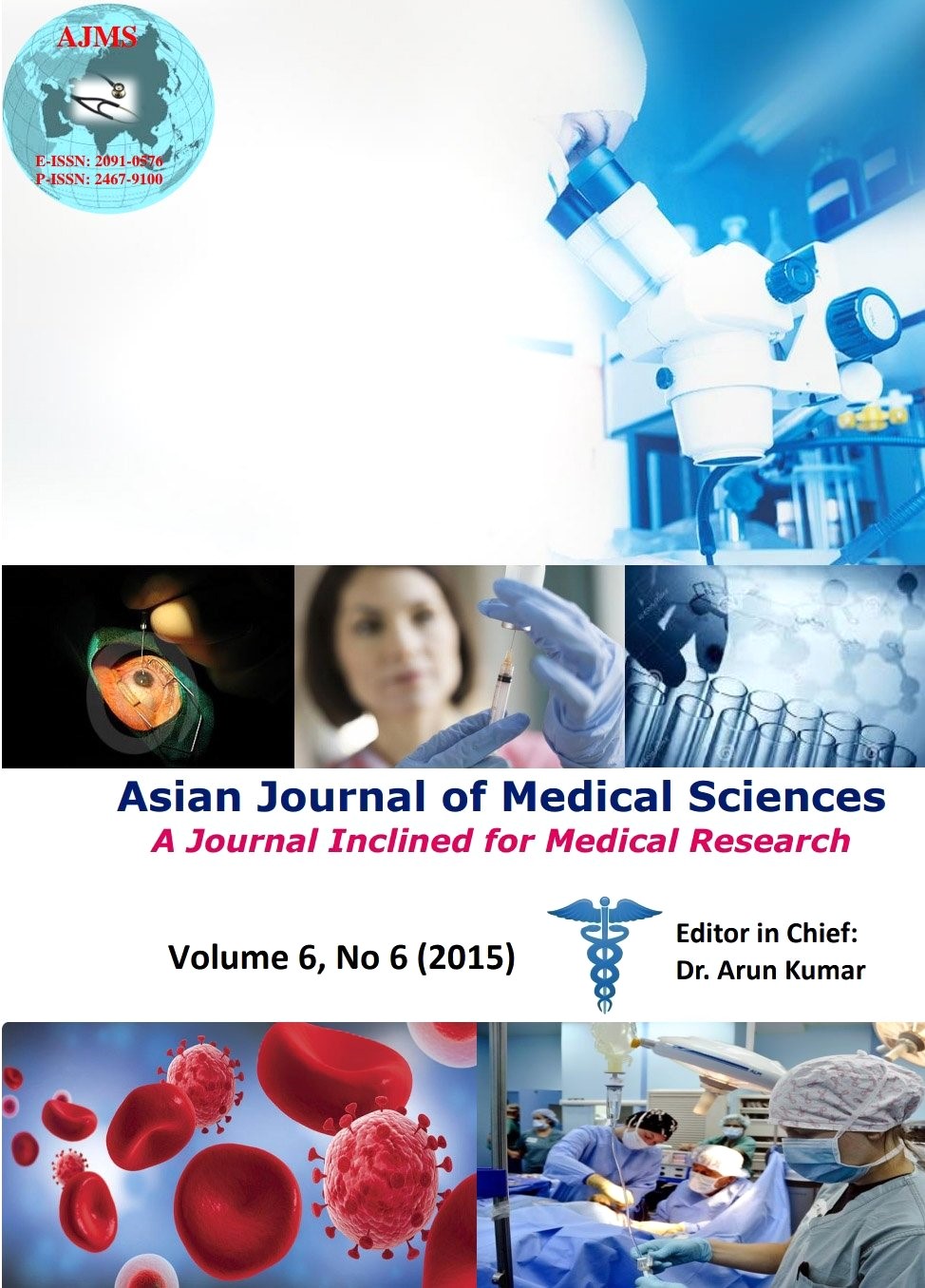Infant and Young Child Feeding Practices in a Rural Area of North India
Keywords:
Breastfeeding, Infant and young child feeding, Breastfeeding practices, IndiaAbstract
Background: Infant and young child feeding practices directly affect the nutritional status of children under two years of age and, ultimately, impact child survival. Therefore, the objective of this study was to assess the WHO infant and child feeding indicators in a rural area of Ludhiana, Punjab, India.
Methods: A community based cross sectional study was conducted in fifteen villages of Ludhiana district under rural health training centre of Department of Community Medicine, Dayan and Medical College & Hospital, Ludhiana, Punjab. The data was obtained from mothers/primary caregivers of 813 living children 0-23 months of age group and information about seven core and three optional WHO infant and young child feeding indicators was collected using WHO questionnaire. Prevalence estimates with 95% confidence interval were calculated. A Χ2 test and Odds Ratio (OR) with 95% CI was calculated wherever required.
Results: Only 56.7% of infants were put to breast within one hour of birth, while three fourths of infants younger than 6 months were exclusively breastfed. About seventy percent of children aged 12-15 months and 54.7% of children 20-23 months continued breastfeeding at 1 & 2 years respectively. Almost all the children born in the last 23 months were ever breastfed. Nearly ninety percent of infants 6-8 months of age were fed with complimentary foods at the recommended daily frequency.
Conclusion: To improve breastfeeding practices, health education needs to be strengthened for target population having sub-optimal breastfeeding indicators.
DOI: http://dx.doi.org/10.3126/ajms.v6i6.12067
Asian Journal of Medical Sciences Vol.6(6) 2015 60-65
Downloads
Downloads
Published
How to Cite
Issue
Section
License
Authors who publish with this journal agree to the following terms:
- The journal holds copyright and publishes the work under a Creative Commons CC-BY-NC license that permits use, distribution and reprduction in any medium, provided the original work is properly cited and is not used for commercial purposes. The journal should be recognised as the original publisher of this work.
- Authors are able to enter into separate, additional contractual arrangements for the non-exclusive distribution of the journal's published version of the work (e.g., post it to an institutional repository or publish it in a book), with an acknowledgement of its initial publication in this journal.
- Authors are permitted and encouraged to post their work online (e.g., in institutional repositories or on their website) prior to and during the submission process, as it can lead to productive exchanges, as well as earlier and greater citation of published work (See The Effect of Open Access).




